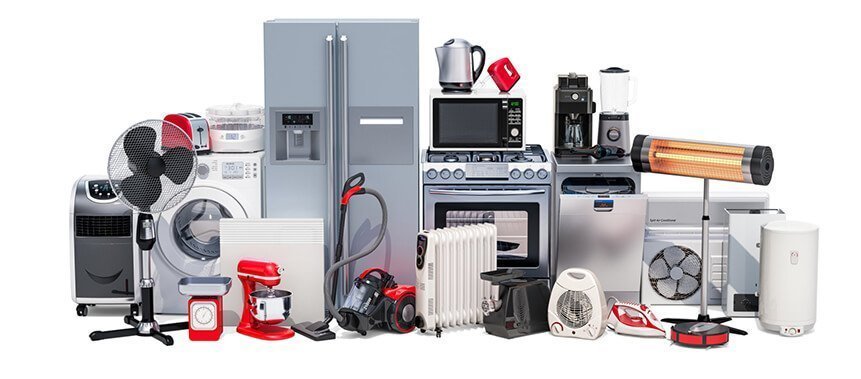| 3C |
217 |
Fan not working. |
Check and, if necessary, replace the fan connector cable or the fan. |
| 3L |
214 |
Fan is turned off during the safety period. |
Check and, if necessary, replace the fan connector cable or the fan. |
| 3P |
216 |
Fan is too slow. |
Check and, if necessary, replace the fan connector cable or the fan. |
| 3Y |
215 |
Fan is too fast. |
Check and, if necessary, replace the fan connector cable or the fan.
Check the flue gas system, clean or repair if necessary. |
| 4C |
224 |
Temperature limiter of the heat exchanger or flue temperature has been triggered. |
- Check for interruptions or short circuits and, if necessary, replace the heat exchanger temperature limiter and the connection cable.
- Check for interruptions or short circuits and, if necessary, replace the flue temperature limiter and the connection cable.
- Check the operating pressure in the heating system.
- Check and, if necessary, replace the temperature limiter.
- Check the pump start-up, and if necessary, replace it.
- Bleed the boiler.
- Check the heat exchanger on the water side, and if necessary, replace it.
- For boilers with reverse cylinders in the heat exchanger: check if they are installed properly.
|
| 4U |
222 |
Supply temperature sensor damaged (short circuit). |
Check the temperature sensor and connection cable for interruptions or short circuits, replace if necessary. |
| 4Y |
223 |
Supply temperature sensor damaged (interruption). |
Check the temperature sensor and connection cable for interruptions or short circuits, replace if necessary. |
| 6A |
227 |
Flame not confirmed. |
- Check the effectiveness of the protective conductor connection.
- Check if the gas valve is open.
- Check the gas pressure at the connection (Æ page 48).
- Check the electrical connection.
- Check the electrodes and cables, and replace if necessary.
- Check the flue system, clean or repair if necessary.
- Check the gas-to-air ratio, adjust if necessary.
- If using natural gas, check and replace the external gas flow protection (pressure switch) if necessary.
- For operation dependent on room air, check the “room connection” or ventilation/air intake openings.
- Clean the condensate siphon outlet.
- Remove the membrane from the fan inlet nozzle and check for cracks or contamination.
- Clean the heat exchanger.
- Check and replace the gas fittings if necessary.
- Correctly insert the KIM, replace if necessary.
- For two-phase networks (IT): install a 2 W resistor on the network connection of the printed circuit board.
|
| 6C |
228 |
Flame detected despite the boiler being off. |
- Check the electrodes, and replace if necessary.
- Check the flue system, clean or repair if necessary.
- Check if the printed circuit board is wet, dry if necessary.
|
| 6C |
306 |
Flame detected after the gas was turned off. |
- Check and replace the gas fittings if necessary.
- Clean the condensate siphon.
- Check the electrodes and connection cables, and replace if necessary.
- Check the flue system, clean or repair if necessary.
|
| 7L |
261 |
Time error during the first safety time. |
Replace the base controller BC25. |
| 7L |
280 |
Time error during the restart attempt. |
Replace the base controller BC25. |
| 9L |
234 |
Gas valve coil or connection cable is damaged. |
- Check the wiring, replace if necessary.
- Replace the gas valve.
|
| 9L |
238 |
Gas valve is damaged. |
- Check the wiring, replace if necessary.
- Replace the gas valve.
|
| 9P |
239 |
KIM not recognized. |
Correctly insert the KIM, replace if necessary. |
| EL |
259 |
Damaged KIM or Logamatic BC25. |
- Replace the KIM.
- Replace the base controller BC25.
|

